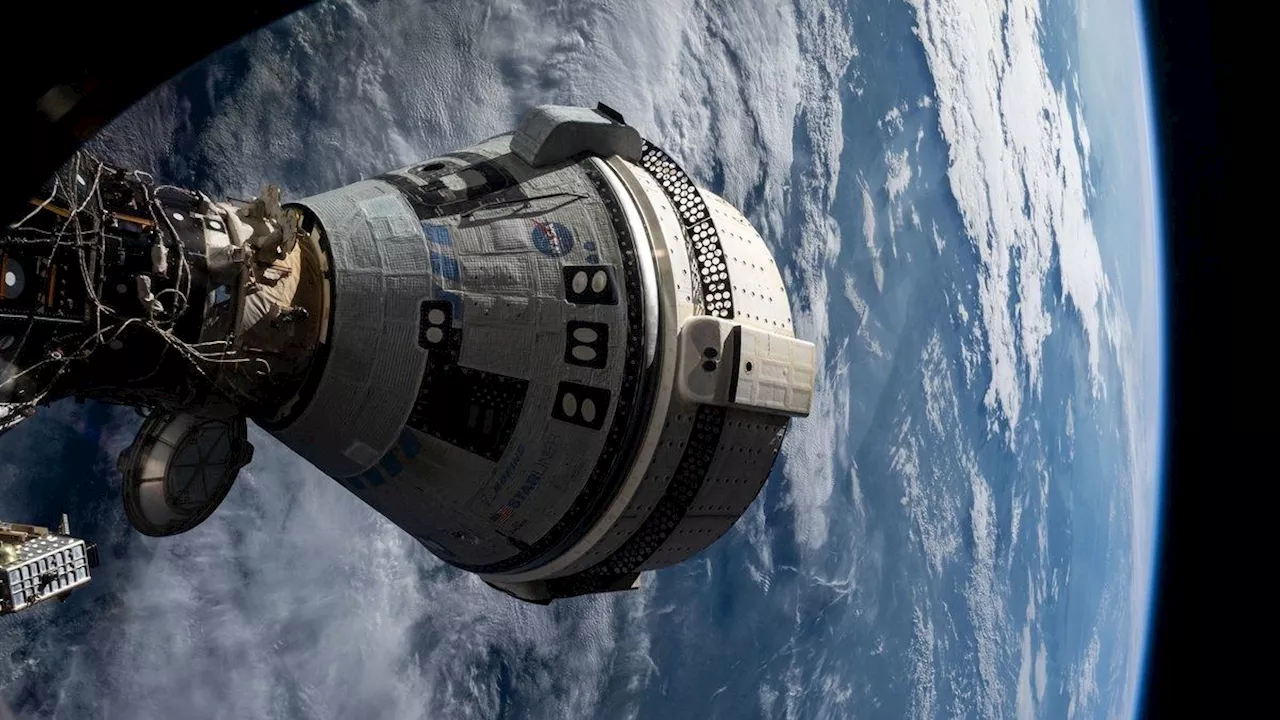The International Space Station will burn up and splash down into the Pacific sometime around 2030. What could possibly go wrong? And will we ever see anything like the ISS again?
, as well as being the most expensive object ever made, can also lay claim to being one of the most cooperative endeavours in scientific history. Since the beginning of the century, it has been continuously inhabited by a total of 280 crew members – and counting – from 23 countries. While leaders on the ground have been squabbling or even threatening war,
But nothing lasts forever. Sometime around 2030, the ISS project will come to an end. From its orbit about 400 kilometres above Earth, the space station will fall through the atmosphere, burning up and splintering into a thousand pieces before crashing into thereenter the atmosphere all the time – almost every day, in fact. But the $150 billion ISS is no ordinary satellite.
Managing the end of the ISS’s life is far from straightforward. How can such a cumbersome object, all 420,000 kilograms of it, be brought down and destroyed safely? Should it be destroyed at all? And will we ever see its ilk again?dates back to the cultural chauvinism of the 1980s, when NASA – calling it “Freedom” – intended it to challenge the Soviet space…
United States Latest News, United States Headlines
Similar News:You can also read news stories similar to this one that we have collected from other news sources.
 Earth from space: Astronauts share photography tips for snapping amazing photos from the ISSKeith Cooper is a freelance science journalist and editor in the United Kingdom, and has a degree in physics and astrophysics from the University of Manchester.
Earth from space: Astronauts share photography tips for snapping amazing photos from the ISSKeith Cooper is a freelance science journalist and editor in the United Kingdom, and has a degree in physics and astrophysics from the University of Manchester.
Read more »
 Boeing’s Cursed ISS Mission May Finally Make It Back to EarthThe vessel's crew, whose stay aboard the ISS has stretched over a month longer than planned, conducted tests on the commercial spacecraft's thrusters—and the initial data is encouraging.
Boeing’s Cursed ISS Mission May Finally Make It Back to EarthThe vessel's crew, whose stay aboard the ISS has stretched over a month longer than planned, conducted tests on the commercial spacecraft's thrusters—and the initial data is encouraging.
Read more »
 Boeing's Starliner tests thrusters at ISS as NASA reviews options for astronauts' return to EarthElizabeth Howell (she/her), Ph.D., is a staff writer in the spaceflight channel since 2022 covering diversity, education and gaming as well. She was contributing writer for Space.com for 10 years before joining full-time.
Boeing's Starliner tests thrusters at ISS as NASA reviews options for astronauts' return to EarthElizabeth Howell (she/her), Ph.D., is a staff writer in the spaceflight channel since 2022 covering diversity, education and gaming as well. She was contributing writer for Space.com for 10 years before joining full-time.
Read more »
 Earth-based telescope sees Boeing's Starliner approach the ISS in broad daylight (photo)Samantha Mathewson joined Space.com as an intern in the summer of 2016. She received a B.A. in Journalism and Environmental Science at the University of New Haven, in Connecticut. Previously, her work has been published in Nature World News.
Earth-based telescope sees Boeing's Starliner approach the ISS in broad daylight (photo)Samantha Mathewson joined Space.com as an intern in the summer of 2016. She received a B.A. in Journalism and Environmental Science at the University of New Haven, in Connecticut. Previously, her work has been published in Nature World News.
Read more »
 ISS could 'drift down' for a year before SpaceX vehicle destroys it in Earth's atmosphereElizabeth Howell (she/her), Ph.D., is a staff writer in the spaceflight channel since 2022 covering diversity, education and gaming as well. She was contributing writer for Space.com for 10 years before joining full-time.
ISS could 'drift down' for a year before SpaceX vehicle destroys it in Earth's atmosphereElizabeth Howell (she/her), Ph.D., is a staff writer in the spaceflight channel since 2022 covering diversity, education and gaming as well. She was contributing writer for Space.com for 10 years before joining full-time.
Read more »
 CO2 to stone: Startup plans to inject 100 tons of carbon 1 km inside EarthA Sam Altman-backed startup is developing technology to inject CO2 deep underground, transforming it into stone to fight global warming.
CO2 to stone: Startup plans to inject 100 tons of carbon 1 km inside EarthA Sam Altman-backed startup is developing technology to inject CO2 deep underground, transforming it into stone to fight global warming.
Read more »
